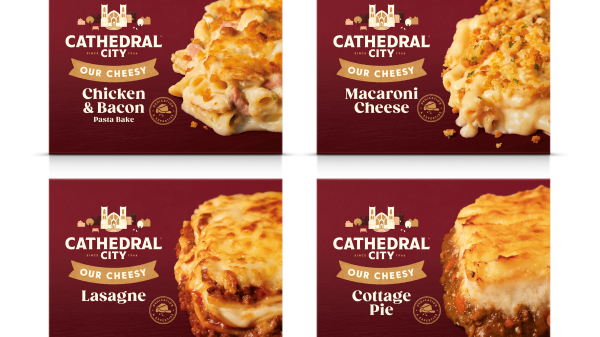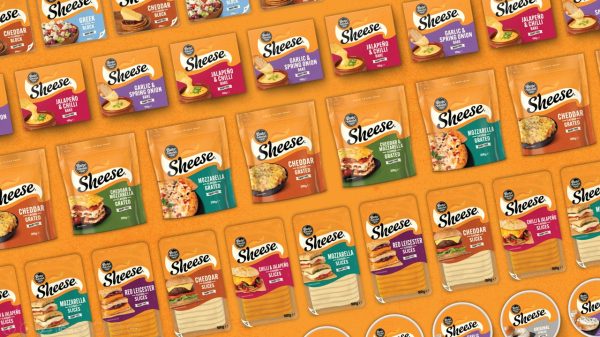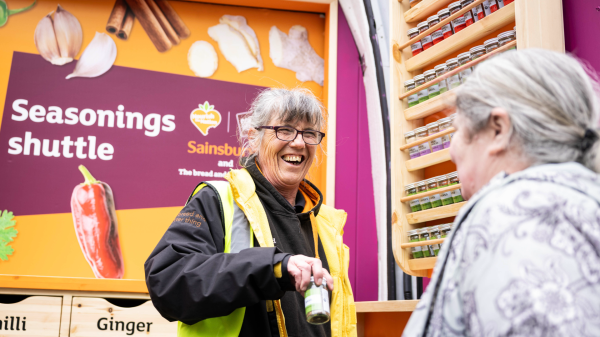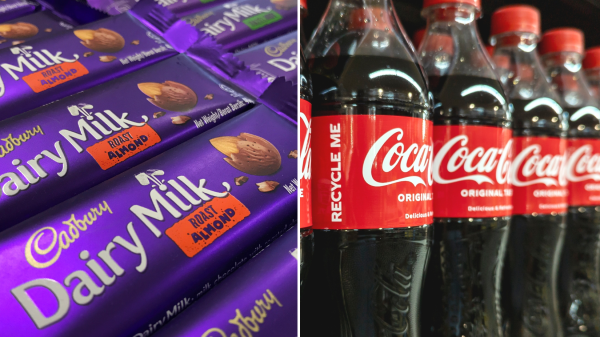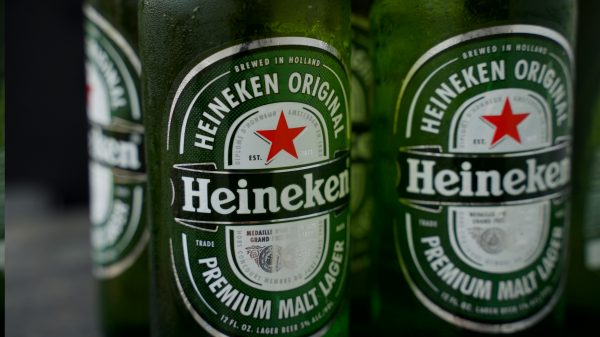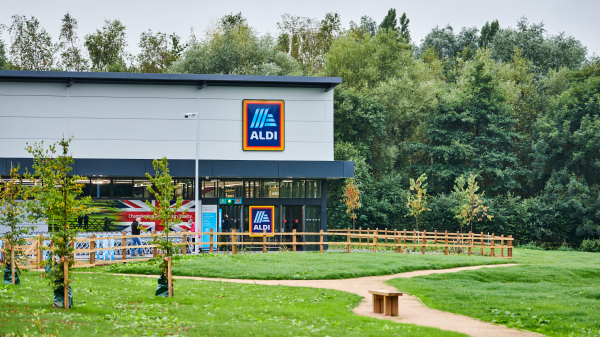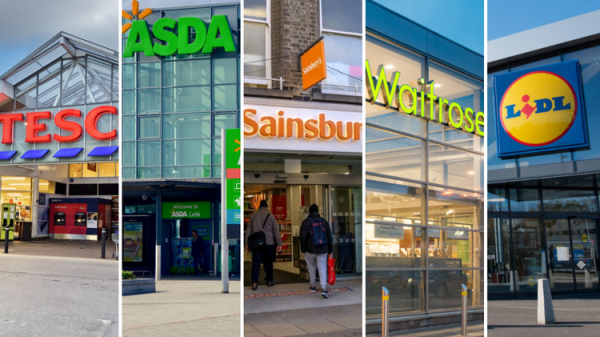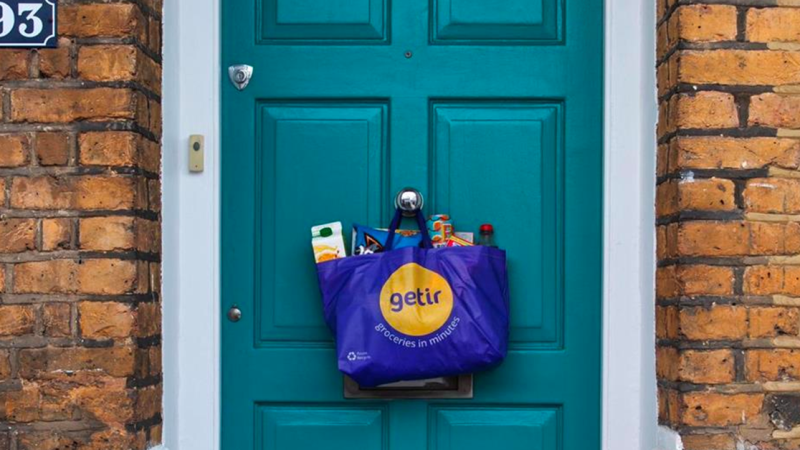In a year where the rate of Consumer Prices Index (CPI) inflation is currently sitting at 10.7% is considered to be a good thing, households across the UK remain under increasing pressure due to soaring food and energy costs.
UK inflation may have dipped from October’s 41-year high, but consumers are yet to see any changes in their financial situations as food prices continue to soar by as much as 16.4%.
From the huge surge in discounter market share as shoppers turned to Aldi and Lidl for cheaper deals as prices surged, to changing shopping habits and a renewed focus on pricing initiatives, here are some of the ways supermarkets – and shoppers – have responded to the cost-of-living crisis over the last 12 months.
The rise of the discounters
Amid the ongoing cost-of-living crisis, discount supermarkets Aldi and Lidl were named the fastest growing retailers in the UK as grocery price inflation started to skyrocket in early March, shortly after the war in Ukraine began. In an effort to keep prices low and offer as much value as possible, millions of shoppers have turned to both German discounters as they hunted for the best deals, chipping away at the market share of larger rivals in the process.
Since then, Kantar figures have revealed that Aldi took £170m of sales from the former ‘Big 4’ (Tesco, Sainsbury’s, Asda and Morrisons) in the three months to early September, resulting in Aldi overtaking Morrisons over the summer to be crowned Britain’s fourth biggest supermarket.
The two have continued to rapidly grow their market share across the UK, as nearly half of shoppers have switched to cheaper supermarkets over the course of the year.
Kantar research also found that discount retailers and convenience stores benefited from shoppers making more frequent and smaller visits to stores this year as the ‘big weekly shop’ became a thing of the past for many.
Subscribe to Grocery Gazette for free
Sign up here to get the latest grocery and food news each morning
Shrinking basket sizes
With grocery price inflation surging, it was inevitable that retailers would see a decrease in average basket size as customers began to spend less on household essentials. In July, nearly half of adults in the UK admitted to buying less food, according to the latest data from the Office for National Statistics (ONS). It revealed that 49% of those surveyed said they are consciously buying less food and drink than they were at the start of the year.
Retail analysts NielsenIQ also discovered that volume sales of meat, fish and poultry decreased by 13%, demonstrating growing reluctancy from UK shoppers in purchasing expensive meat products. On top of that, a newly published report from the Food Foundation found that almost half of low-income families are eating less vegetables. According to their data, the business handed out only 147 milllion portions of veg this year– down from 461 million portions in 2021.
Reduced items
As customers were looking for value and buying less, the demand for cheaper reduced items increased as the Autumn months rolled in. In an infamous example, staff in one Tesco branch had to put up security barriers to stop shoppers from snatching reduced items out of their hands while they stocked shelves. Staff at the store felt the need to bring out signs that read ‘do not enter’ while they tagged items with yellow price stickers.
Since the price of dairy products kept rising over the last year, the UK’s largest retailer also put security tags on four-pint cartons of milk to deter thieves. In an image captured by CornwallLive, the majority of milk cartons in the Tesco Extra store in the village of Pool, Cornwall, had individual plastic security tags attached to them – and was believed to be the very first-time plastic containers of milk had been tagged.
Food banks
In line with increased desire for food, food banks saw demand for their services surge amid the cost-living-crisis – while donations dropped, leaving stock levels “very low”.
Operating costs for food banks increased this year to around £400,000, and charities were spending a monthly average of £5,000 on groceries to keep up with demand, twice as much as two years ago. According to giving platform Neighbourly, six in 10 small voluntary organisations across the UK received less public food donations through supermarket drop-off points.
The Trussell Trust – the UK’s biggest network of food banks – launched its first ever emergency appeal as it prepared to spend millions of pounds this winter on charity food parcels. Supermarkets including Tesco and Co-op offered additional assistance to help the charities meet the exceptional challenges they are facing due to unprecedented demand and soaring operating costs.
In terms of demographics, food banks also saw more students and young people use their services than ever. In a survey of 3,500 students from the National Union of Students (NUS), 11% admitted to using food banks as they are unable to pay for their weekly food shop.
The survey also revealed one in five students struggle to pay for toiletries, while financial concerns had an impact on the mental health of 92% of those surveyed, with nearly half neglecting their physical health to save money.
Free kids meals
To help tackle holiday hunger at a time when the cost-of-living crisis was intensifying, a variety of retailers offered deals on meals for children under 16 at in-store cafes.
Asda first announced its Kids Eat for £1 initiative allowing kids across Scotland to eat for just £1 in any of its cafés, seven days a week, with no minimum adult spend required. Tesco offered a similar deal, with free meals for kids across 300 of its cafe’s with an aim to help parents who were struggling to afford food.
Tesco also provided children with free meals only available to Clubcard holders to ease the pressure on families. Partnered with the purchase of a cafe menu item, customers could up a 60p piece of fruit or a £2 item from the bakery. M&S’ Kids Eat Free deal also made a return in October half-term, having sold over 200,000 meals over the summer. Launched across over 340 M&S stores, the deal was extended to meet customer demand.
Strikes
As everyday prices went up in line with inflation, some supermarket and manufacturing staff found that their wages were not being adjusted to compensate. This unsurprisingly resulted in strikes across all across the retail supply chain.
One major example from this year saw workers striking over ‘excessive’ rota demands imposed by FMCG giant Müller milk, which resulted in nearly 70 HGV drivers going on strike over August and September.
In a more recent example from last month, Asda HGV drivers are no longer striking in the run-up to Christmas after a “vastly improved” agreement was made with trade union Unite. With a 9.5% increase in pay, drivers are now earning a basic hourly rate of £14.97.
Additionally, the supermarket chain was previously facing the threat of strike action by more than 80 HGV drivers based at Asda’s Wincanton’s depot in Rochdale, who were balloting for industrial action in a dispute over pay.

